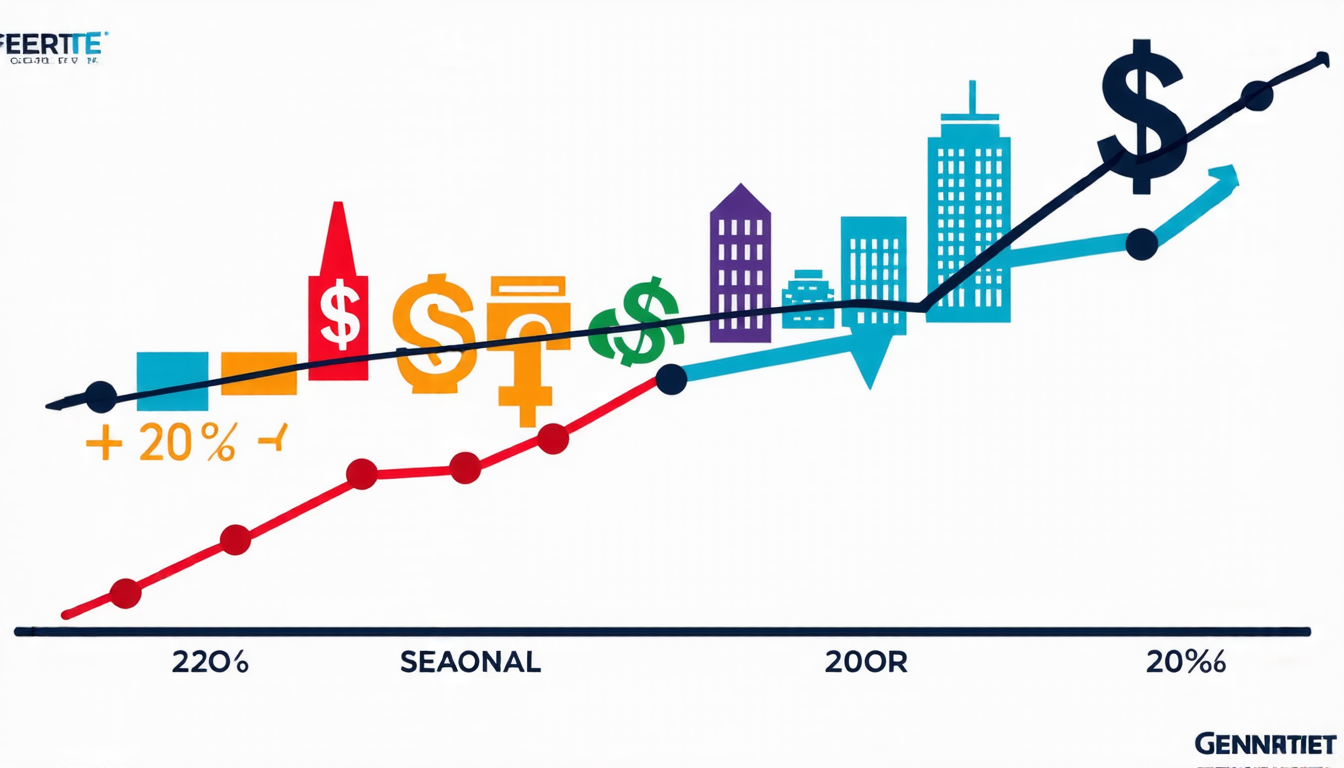Sunday 30 March 2025
A team of researchers has made a significant breakthrough in the field of economic forecasting, using machine learning techniques to improve the accuracy of GDP predictions. The study, published in a recent issue of a leading economics journal, demonstrates that these advanced algorithms can outperform traditional statistical methods in forecasting the Gross Domestic Product (GDP) of countries.
The researchers used a type of neural network called Long Short-Term Memory (LSTM) to forecast the quarterly GDP of Romania from 1995 to 2023. They compared their results with those obtained using a classic econometric model, known as SARIMA. The findings showed that the LSTM network consistently outperformed the SARIMA model in terms of predictive accuracy and flexibility.
The study’s authors used a dataset of Romanian GDP figures from 1995 to 2023, which is a comprehensive view of economic performance over nearly three decades. They divided the data into two subsets for training and testing purposes, keeping the last four values in the series as test data. The LSTM network was trained on the remaining data and then used to predict the test values.
The results showed that the LSTM network was able to capture complex patterns and relationships in the data, including trends and seasonality, with a high degree of accuracy. In contrast, the SARIMA model struggled to accurately forecast the GDP, particularly during periods of rapid change or economic upheaval.
This breakthrough has significant implications for economists and policymakers, who rely on accurate GDP forecasts to inform their decisions. By leveraging advanced machine learning techniques, researchers can develop more reliable and timely forecasting models that better capture the complexities of modern economies.
The study’s authors also highlighted the importance of hyperparameter tuning in machine learning models used in economic time series forecasting. They employed a grid search procedure to select the best values for the LSTM network’s hyperparameters, which greatly impacted its performance.
In addition to their technical contributions, the researchers demonstrated the potential of machine learning methods to enhance the precision and reliability of GDP forecasts. These findings underscore the importance of integrating advanced algorithms into economic analysis and policymaking.
As the global economy continues to evolve and become increasingly complex, accurate forecasting has never been more crucial. This study’s results offer a promising glimpse into the future of economic prediction, where machine learning techniques can play a vital role in informing policy decisions and driving economic growth.
Cite this article: “Machine Learning Breakthrough Improves Accuracy of GDP Predictions”, The Science Archive, 2025.
Machine Learning, Gdp Forecasting, Romania, Lstm Network, Sarima Model, Economic Forecasting, Hyperparameter Tuning, Time Series Analysis, Neural Networks, Predictive Accuracy.







